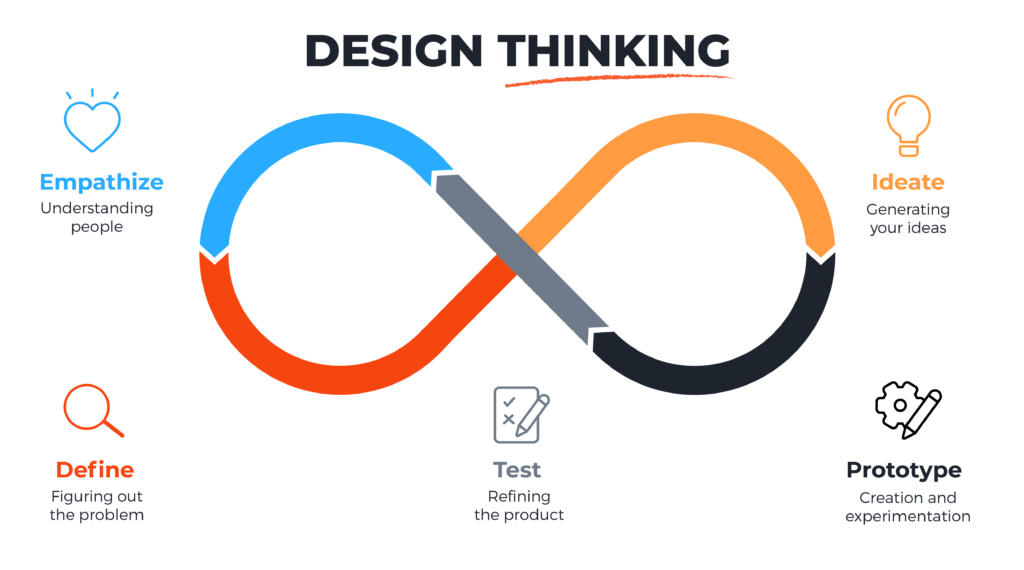Shop detail

Design Thinking
You’ll learn how to apply a powerful creative-problem-solving technique called DESIGN THINKING to your business.
Description
Design Thinking
Design Thinking is not an exclusive property of designers—all great innovators in literature, art, music, science, engineering, and business have practiced it. So, why call it Design Thinking? What’s special about Design Thinking is that designers’ work processes can help us systematically extract, teach, learn and apply these human-centered techniques to solve problems in a creative and innovative way—in our designs, in our businesses, in our countries, in our lives.
Some of the world’s leading brands, such as Apple, Google and Samsung, rapidly adopted the design thinking approach, and leading universities around the world teach the related methodology—including Stanford, Harvard, Imperial College London and the Srishti Institute in India. Before you incorporate design thinking into your own workflows, you need to know what it is and why it’s so popular. Here, we’ll cut to the chase and tell you what design thinking is all about and why it’s so in demand.
What is Design Thinking?

Design thinking is an iterative process in which you seek to understand your users, challenge assumptions, redefine problems and create innovative solutions which you can prototype and test. The overall goal is to identify alternative strategies and solutions that are not instantly apparent with your initial level of understanding.
Design thinking is more than just a process; it opens up an entirely new way to think, and it offers a collection of hands-on methods to help you apply this new mindset.
In essence, design thinking:
- Revolves around a deep interest to understand the people for whom we design products and services.
- Helps us observe and develop empathy with the target users.
- Enhances our ability to question: in design thinking you question the problem, the assumptions and the implications.
- Proves extremely useful when you tackle problems that are ill-defined or unknown.
- Involves ongoing experimentation through sketches, prototypes, testing and trials of new concepts and ideas.
Design Thinking is for Everybody
How many people are involved in the design process when your organization decides to create a new product or service? Teams that build products are often composed of people from a variety of different departments. For this reason, it can be difficult to develop, categorize and organize ideas and solutions for the problems you try to solve. One way you can keep a project on track, and organize the core ideas, is to use a design thinking approach—and everybody can get involved in that!
Tim Brown, CEO of the celebrated innovation and design firm IDEO, emphasizes this in his successful book Change by Design when he says design thinking techniques and strategies belong at every level of a business.
Design thinking is not only for designers but also for creative employees, freelancers and leaders who seek to infuse it into every level of an organization. This widespread adoption of design thinking will drive the creation of alternative products and services for both business and society.
About the course
You’ll learn how to create a cultural environment that fosters creativity, including creativity blocks to avoid, like micromanaging and an over emphasis on efficiency, and how to establish an idea-response system for your managers, in order to encourage the open the sharing of ideas. Plus, you’ll find out why a creative corporate culture is the key to attracting and retaining great talent, increasing moral and productivity, and ultimately you’re company’s bottom line.
- Understand the needs and problems faced by your customers and clarify the true problems holding back your business
- Question assumptions and explore alternative solutions that are beyond any preconceived limitations
- Identify requirements for a satisfactory solution and criteria for testing and identifying when goals have been met
Course for you, if:
- You are business owner, manager, or team leader
- Want to create a creative corporate culture
- Wish to encourage innovation in the work place